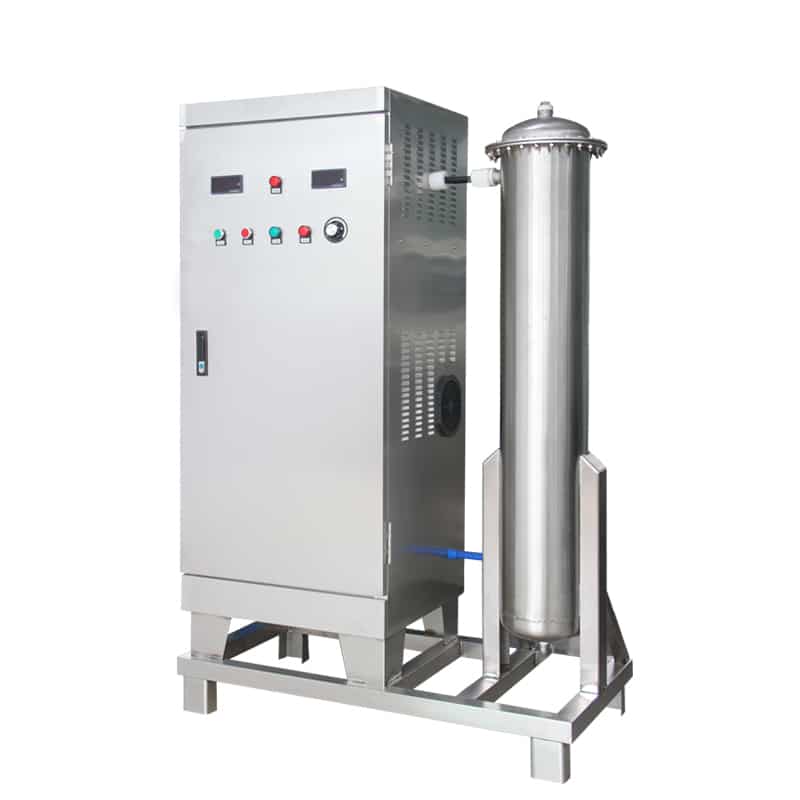Antiseptics and disinfectants are both chemicals used to control harmful microorganisms, but they have different uses and application scenarios.
What are Antiseptics?
Antiseptics are used on living tissues (e.g. skin, wounds) to prevent the growth of microorganisms and are gentle and safe.


Common types of antiseptics:
- Alcohols: ethanol, isopropanol
- Oxidizing agents: hydrogen peroxide
- Iodine-based: povidone-iodine
- Chlorhexidine: for oral and skin disinfection
What Are Disinfectants?
Disinfectants are used on non-living surfaces, such as table tops and medical devices, and are strong and cannot be used directly on the human body.


Common types of disinfectants:
- Chlorine: sodium hypochlorite (bleach)
- Phenols: commonly used in hospitals
- Quaternary ammonium salts: household cleaners
- Aldehydes: formaldehyde, glutaraldehyde
Standard Parameters for Antiseptics and Disinfectants in Different Applications
| Application Scenario | Antiseptic Parameters | Disinfectant Parameters |
| Pre-surgical Skin Prep | Alcohol-based (60%-80% concentration) | Not applicable |
| Household Surface Cleaning | Not applicable | Chlorine-based disinfectants (500-1000 ppm) |
| Wound Disinfection | Hydrogen peroxide (3% concentration) | Not applicable |
| Medical Equipment Cleaning | Not applicable | Glutaraldehyde (2%-3.2% solution) |
| Public Pool Disinfection | Not applicable | Chlorine-based disinfectants (1-3 ppm) |
Is An Ozone Generator A Disinfectant?
Ozone generators do not fall into the typical category of antiseptics or disinfectants, but they function similarly to sanitizers. Ozone generators kill bacteria, viruses and other microorganisms in the air or water by generating ozone (O₃). Ozone’s strong oxidizing properties effectively destroy the cell walls of microorganisms, rendering them inactive, and are therefore widely used in disinfecting and purifying air, surfaces, or water. However, due to its strong oxidizing properties, ozone is not suitable for direct use on humans.


Ozone generators are suitable for the following scenarios:
- Air disinfection: Using ozone generator in closed spaces such as rooms, offices, hospitals, etc. can effectively kill bacteria, viruses, molds and odors in the air.
- Water treatment: ozone is widely used for sterilization and disinfection of swimming pools, drinking water and waste water.
- Food industry: It is used for environmental disinfection in food processing plants or sterilization of food surfaces.
- Car disinfection: used to remove bacteria and odor in the air inside the car.
Summary
Antiseptics are applied to human tissues, while disinfectants are used on the surfaces of inanimate objects. Both play an important role in health prevention and control, but the appropriate product should be selected for the specific scenario.
KUOSI specializes in providing one-stop solution for sludge treatment. We offer a wide range of efficient equipment such as sludge dewaterers, sludge dryers, sludge conveyors, aeration blower, dosing systems, disinfection systems, wastewater screens, grit removal equipment, scrapers and more. If you need further assistance or consultation, please feel free to contact us and the KUOSI team will customize the optimal solution for you.
